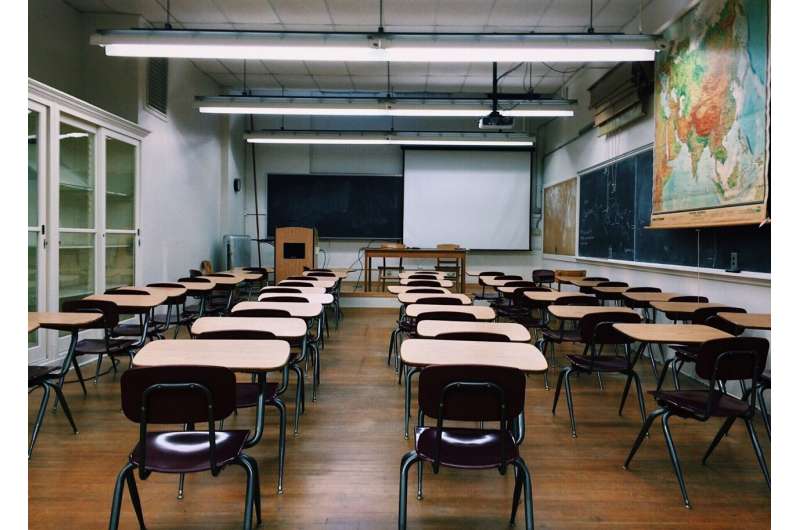
Classrooms using dual ventilation systems can cut harmful air pollution in half compared to those that use normal ventilation, according to findings by the University of Surrey’s Global Center for Clean Air Research (GCARE).
GCARE’s new study measures particulate matter, carbon dioxide (CO2) and thermal comfort (relative humidity and temperature) across 30 London classrooms. Measurements were taken both when classrooms were occupied and vacant, allowing baselines to be set and configured.
According to the study, it was discovered that the levels of PM10, PM2.5, and PM1 were significantly higher during the time when the area was occupied compared to when it was not. Specifically, the average concentrations during occupancy were found to be 230%, 125%, and 120% higher, respectively. However, when dual ventilation systems were used, the concentration of PM10 was reduced by approximately 50% compared to natural ventilation methods. The study was published in the journal Environmental Research.
The study provided some important recommendations for schools to consider. One suggestion is to install real-time pollution monitoring equipment, specifically CO2 and PM monitors, which can help school management keep track of air quality levels.
Professor Prashant Kumar, co-director at the University of Surrey’s Institute for Sustainability and Founding Director of GCARE, commented on the findings:
“Indoor air quality has a substantial effect on human health, well-being and performance, specifically in children, who are more vulnerable and sensitive to the presence of indoor air pollutants.
“Our research across London schools shows a need for more support into how particulate matter is banished from classrooms as high occupancy meant 150% more CO2 and 230% more harmful particles floating around.
“The CO2 levels didn’t vary much based on the different floor levels and types. However, classrooms bigger than 300 m3 naturally had higher ventilation rates.”
Out of 30 monitored classrooms, the majority (80%) had natural ventilation (door, window and skylight openings), 13% had mechanical ventilation, and 7% had a combination of both systems (dual ventilation).
Furthermore, the study also observed that classrooms with wooden and vinyl floors had higher levels of PM10 (33±19 µg m-3 and 25±20 µg m-3, respectively) compared to those with carpeted floors (17±12 µg m-3).
Additionally, classrooms located on the ground floor had a PM2.5/PM10 ratio greater than 0.5, indicating that outdoor PM2.5 particles were entering the classroom, whereas classrooms on the first and third floors had a ratio less than 0.5.
Professor Paul Linden from the University of Cambridge said, “We encourage teachers, pupils and parents to work with our Tackling Air Pollution At School (TAPAS) network to establish good practice and adequate ventilation to reduce classroom pollution.”
Information about TAPAS and how you can participate can be found on their website.
More information:
Sarkawt Hama et al, The underpinning factors affecting the classroom air quality, thermal comfort and ventilation in 30 classrooms of primary schools in London, Environmental Research (2023). DOI: 10.1016/j.envres.2023.116863
Journal information:
Environmental Research
Source: Read Full Article


